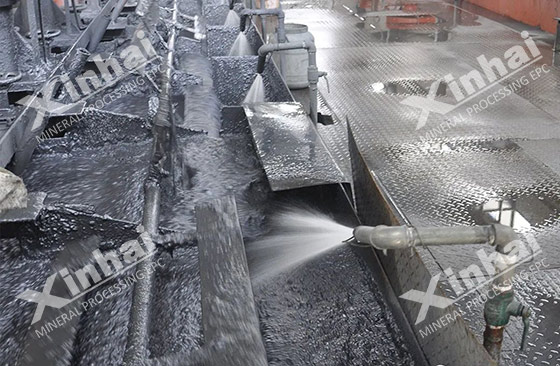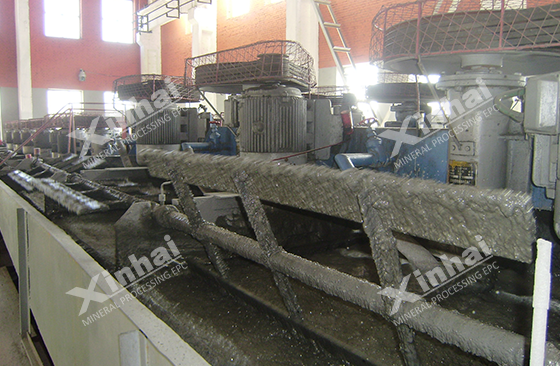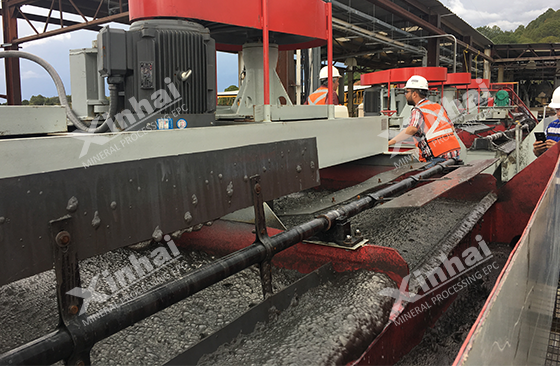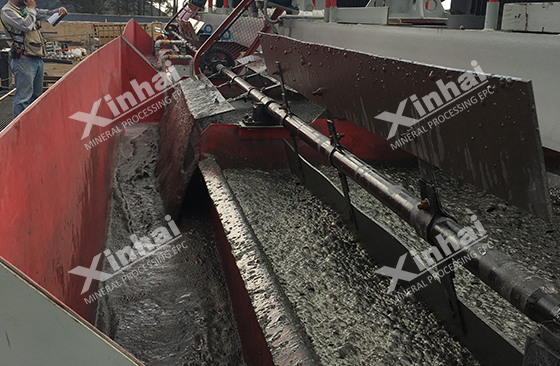The flotation of fine minerals is a major challenge in mineral processing. It is usually caused by the need for fine grinding of the embedded particles of useful minerals that are too small, or by over-grinding of coarse minerals during the grinding process. Fine minerals are light in weight, large in specific surface area, high in activation energy and easily oxidized, which makes them more difficult to handle than coarse minerals during flotation. Therefore, how to effectively float fine minerals has become the focus of mineral processing plants.

In recent years, some emerging flotation methods and improvements on traditional processes have gradually been applied in the flotation research and industrial practice of fine minerals. These methods include flocculation flotation, microbubble flotation combined with flotation column technology, etc. This article will focus on several methods that are currently widely used in the flotation of fine minerals, and explore their principles and practical application effects.
Use the table of contents below to navigate through the guide:
01Flocculation flotation technology for fine-grained minerals
There are several types of flocculation flotation: selective flocculation flotation, shear flocculation flotation, carrier flotation, and emulsification flotation. The basic principle of these flocculation flotation methods is to selectively aggregate fine-grained hydrophobic minerals to increase their apparent particle size, so that the mineral particle size can be recovered by conventional methods.

1. Selective flocculation flotation: mainly by adding polymer flocculants to the slurry to flocculate fine-grained minerals into larger flocs, and then adding collectors to flotate and recover the flocs.
2. Shear flocculation flotation: by high-speed stirring to generate a large enough shear force to destroy the hydration film of fine-grained minerals in the surfactant solution, these fine-grained minerals condense into agglomerates and then float through bubbles.
3. Carrier flotation: with hydrophobic coarse particles as the center of carrier flotation, the coarse carrier and related fine-grained minerals are hydrophobic on the surface under the action of surfactants and shear forces and collide with each other to form hydrophobic flocs, and then conventional foam flotation technology is used for recovery. Carrier flotation can be divided into two types according to the type of carrier: homogeneous carrier flotation and heterogeneous carrier flotation. The efficiency of carrier flotation is related to many factors, such as carrier particle size, stirring speed, stirring time, slurry concentration, reagent type and dosage, etc.

02Flotation technology of micro-fine mineral flotation column
As an efficient flotation equipment, flotation column is also widely used in the treatment of fine-grained minerals. In this process, the slurry will be injected into the high-column flotation equipment, and the bubbles will rise in the slurry with high solid content. Compared with the traditional flotation cell, the flotation column has a larger separation area per unit volume, and the flotation column can provide a longer contact time between the bubble and the mineral, thereby improving the flotation effect.
The upper area of the flotation column uses countercurrent clean water to flush the rising mineralized bubbles. This process can effectively remove non-target mineral impurities attached to the surface of the bubble, thereby improving the grade of the concentrate. This design is particularly evident when processing fine-grained minerals.

03Double-liquid flotation technology for fine-grained minerals
Double-liquid flotation is an advanced technology used in mineral processing, which mainly separates minerals by using two liquids with different properties. This method is usually applied to minerals that are difficult to separate effectively by traditional flotation methods. With the emergence of problems such as poor, fine and impure mineral resources, this beneficiation method has gained attention and has achieved certain success in processing fine-grained minerals.
During the double-liquid flotation process, mineral particles are first dispersed into two immiscible liquids with different densities and polarities. Usually, one of the liquids selectively wets the surface of certain minerals, making it easier for these minerals to attach to bubbles and float out, while the other liquid helps to separate unwetted minerals, thereby enhancing the separation effect. By controlling the density difference and interaction of the liquids, precise separation of different minerals can be achieved.

In summary, although the flotation of fine-grained minerals faces many challenges, through continuous innovation and improvement of flotation technologies, such as flocculation flotation, flotation column flotation and double-liquid flotation, the mineral processing plant is processing fine-grained minerals. Significant progress has been made when it comes to minerals. These methods not only improve mineral recovery rates and concentrate grades, but also provide new solutions for the development of complex mineral resources. In the future, with the further development and optimization of flotation technology, efficient separation of fine-grained minerals will become more feasible and popular. For mineral processing plants, the rational selection and application of these advanced flotation technologies will play a key role in improving production efficiency and resource utilization.


 marketing@ytxinhai.com
marketing@ytxinhai.com  0086 13810327080
0086 13810327080 






































































































 CHAT
CHAT MESSAGE
MESSAGE







